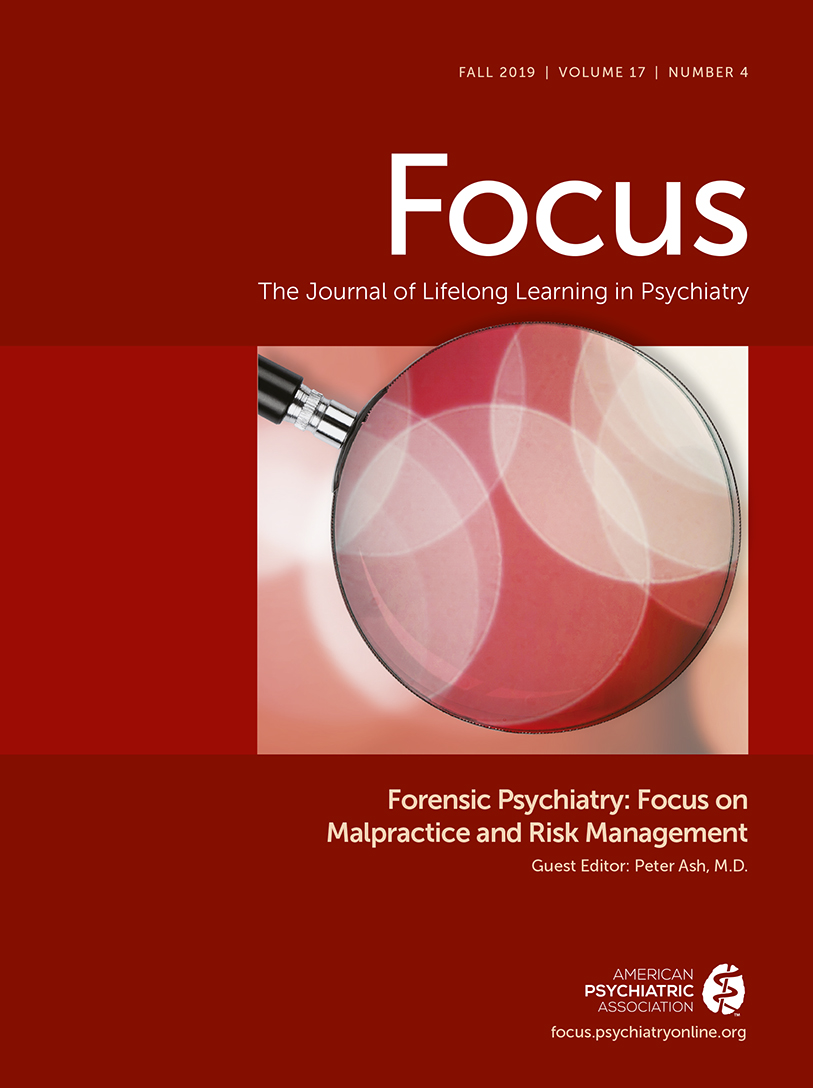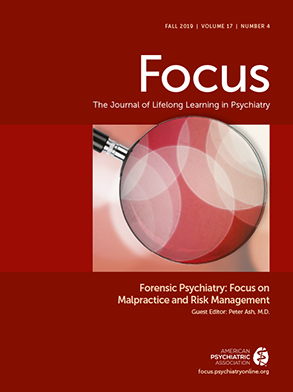A series of high-profile school shootings, beginning in the 1990s, have focused the United States’ attention on the problem of school violence (
1). Heavy news coverage and social media discussions about school shootings, such as the one in Parkland, Florida, in February of 2018, have stoked fears that the number of school shootings have increased dramatically in recent years. Indeed, “media contagion” may be a motivator for copycat shootings (
2). On the other hand, many experts who study mass shootings, including those in schools, say that they are not happening more frequently but many of them are more deadly than past attacks. The numbers of school-associated violent deaths have
not trended upward in the past 20 years (
3). Additionally, the most recent federal data (
4) show that other forms of student victimization are on a downward trend and that fewer students report fear of being hurt at school than in previous years. Children and youths remain much safer in schools than in the community. According to the National Center for Educational Statistics, “Between 1992–93 and 2015–2016, the percentage of youth homicides occurring at school each year remained at less than 3 percent of the total number of youth homicides. The percentage of youth suicides occurring at school each year remained at less than 1 percent of the total number of suicides” (
3).
Criminologists, media communications specialists, psychologists, and contagion-modeling mathematicians converge upon a similar conclusion: A key motivator of most mass shooters is the fame and power they perceive that they will achieve for their crimes. Many hope to garner as much or more media attention as the mass shooters who came before them and with whom they identify (
6). A 2002 report of findings of the U.S. Secret Service
Safe School Initiative (
7) analyzed 37 school shootings and concluded that “there is no accurate or useful ‘profile’ of students who engaged in targeted school violence.” In the incidents analyzed, attackers were represented along the full social spectrum, from popular students to “loners.” The research found that the attacks were rarely, if ever, impulsive acts. In almost 80% of cases, the attackers communicated their ideas or plans before the incident. Typically, they told friends or other peer acquaintances—but rarely communicated a threat directly to the target of the attack. Few of these aware peers spoke up. “Kids get caught up in the code of silence that is so strong, they fail to see the larger picture” (
8). In more than three-quarters of the incidents investigated, an adult had expressed concern about the attacker. “Many attackers felt bullied, persecuted, or injured by others prior to the attack” (p. 35), many had a history of suicide attempts or feelings of depression or desperation, and most had no history of criminal behavior (
7). With this information, warning signs of violence may be identified and used to prevent serious premeditated violence.
Clinical Vignette
Joseph sat in the waiting room, his dark hoodie pulled up over his head and his eyes fixed on his cell phone. He appeared somewhat younger than his 16 years. His parents sat nearby, lines of worry on their faces. They smiled anxiously and stood up in anticipation when Dr. Tyler entered the room. Joseph did not acknowledge the entrance.
“Joseph, the doctor’s here,” his mother announced. She then asked, “Oh, should we all come in, or just Joseph?”
“How about if we all meet together initially to review plans for the assessment?” Dr. Tyler suggested.
“Joseph, come on,” Joseph’s father barked. Joseph stood up stiffly and walked behind his parents, not looking up from his device.
After introductions, Dr. Tyler said, “I’d like to hear your expectations of this assessment to make sure that we all agree on the purpose and process. Joseph, what were you told about coming here to meet with me today?”
After a pause and prodding by his parents, Joseph replied, “I don’t know. They just told me I had to come.”
“That’s not true, Joseph,” his mother blurted. “You know why you are here.”
“OK,” Joseph said monotonously. “They are afraid I am going to shoot up the school.”
“They said you needed a psychiatrist to say you were safe in order to be able to return to school,” his father added.
“I don’t want to go back to that stupid school,” Joseph announced.
“You told us you did,” his mother said sharply.
“Why would I want to go back there?” asked Joseph. “They called the cops on me just for writing a rap song.”
“Tell the doctor what the lyrics were,” his mother urged.
“Mom, I think she knows,” Joseph replied sarcastically. “They sent the records, you know.”
“Joseph, do what your mother says,” his father demanded.
Dr. Tyler sighed loudly to catch the family’s attention, as they became more upset. “Wow, this must be a really hard situation for everyone in the family,” she began.
“Duh,” Joseph said sarcastically, followed immediately by his parents’ admonishment.
Dr. Tyler began again, “Joseph, would you like to meet with me first or after I meet with your parents?”
“Go ahead and meet with my parents,” said Joseph. “No, I think I better go first so they don’t turn you against me.”
“It seems things have gotten tense between you and your parents. When did that start?” Dr. Tyler queried. Joseph grew mute and focused on his cell phone. He began to play a game on the device. “I guess you don’t want to be here,” Dr. Tyler opined. “I’m not here to get you in trouble. I want to get to know you and be sure that you’re OK and that everyone is safe. I see you are playing a game on your cell. Which one is it? I don’t recognize it. Are you good at them? Maybe I’m too old, but I just am not good at these games.”
“Yeah, I guess you could say I’m pretty good,” Joseph replied, trying not to smile. When asked about his aspirations for the future, Joseph replied, “I think I want to fly drones for the Air Force. Or be a rapper.”
Dr. Tyler asked about interests, strengths, friends, pets, and Internet use. She asked about family relationships. Joseph described his parents’ frequent fighting, with his father being verbally abusive to his mother. “I don’t really remember them ever getting along that well. My dad slapped my mom across the face once. My mom says they stay together for the kids. That’s stupid—it’s not helping us any.”
Once rapport began to be established and Joseph seemed to be more forthcoming, Dr. Tyler reviewed the questions from the Structured Assessment of Violence Risk in Youth (SAVRY). Joseph said that he had friends but that his parents thought they were “the bad kids.” He smoked marijuana twice weekly. He had been drunk a few times, but “I prefer grass.” His grades were falling. He didn’t see the point in doing well at school, since he just wanted to be in the military or be a rapper. He said that he was caught shoplifting when he was 12 but received no criminal charges. He hadn’t been in fights. He reported no specific traumas—he was spanked as a child but not hit with a belt or other object. He said there were no weapons in the home. He said he had not tried to get one, nor did he have the money to do so. Dr. Tyler and Joseph reviewed protective factors of community involvement, kindness to animals, attachments, and hopefulness.
Joseph was asked about the rap poem that led to the difficulties. He said he had shared the rap poem online with his friend, Peter. “Then Pete showed it to Max, even though he said he wouldn’t. I think it was Max who told the guidance counselor.” Dr. Tyler read the rap:
You talkin’ to me?
You think you can just let me be,
ALONE
You thinkin’ you might betray me,
Don’t cross me baby,
‘Cuz I’m just like a viper
A weapon-pointing sniper
Not the pied f…ing piper
I can get real hyper
You talkin’ to me?
Revenge is sweet.
When asked about the meaning of the poem, Joseph said that rap songs “are always violent.” When asked if he had been hurt in a romantic relationship, he said that he had a crush on a girl, but “she didn’t like me. Sure, I wanted to get back at her. But I’m not going to shoot up the school about it. That was a long time ago, anyway.” He said that he had thoughts of suicide about a month ago, which was when he wrote the rap. He reported no current thoughts or plans.
Dr. Tyler took a detailed history from the family and consulted with school personnel. She reviewed social media posts and other records. Joseph did have risk factors on the SAVRY and a concerning lack of support. The police went through his computer and cell phone and did not find evidence of visiting weapons, shooter, or other violent Web sites. There were no weapons in the home.
Dr. Tyler diagnosed a depressive disorder. Joseph also had attention-deficit hyperactivity disorder, by history, but had not taken medication. Joseph had never been in mental health treatment. His parents said they wanted to get him help. The school team and parents devised a safety plan: They were referred to an intensive outpatient program/day hospital that included individual and group therapy, parent counseling, family treatment, and psychiatric care; and they set up a school plan for counseling, check-ins, and checking Joseph’s bag each morning for unsafe items. The school provided a mentor, a well-liked teacher who would meet with him regularly for support and encouragement, in addition to the school counselor.

